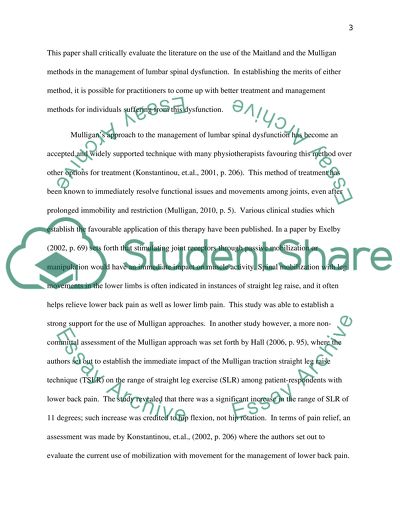Cite this document
(“Spinal Dysfunction: Maitland and Mulligan Literature review”, n.d.)
Retrieved from https://studentshare.org/health-sciences-medicine/1428235-critically-discuss-the-literature-for-treating
Retrieved from https://studentshare.org/health-sciences-medicine/1428235-critically-discuss-the-literature-for-treating
(Spinal Dysfunction: Maitland and Mulligan Literature Review)
https://studentshare.org/health-sciences-medicine/1428235-critically-discuss-the-literature-for-treating.
https://studentshare.org/health-sciences-medicine/1428235-critically-discuss-the-literature-for-treating.
“Spinal Dysfunction: Maitland and Mulligan Literature Review”, n.d. https://studentshare.org/health-sciences-medicine/1428235-critically-discuss-the-literature-for-treating.


